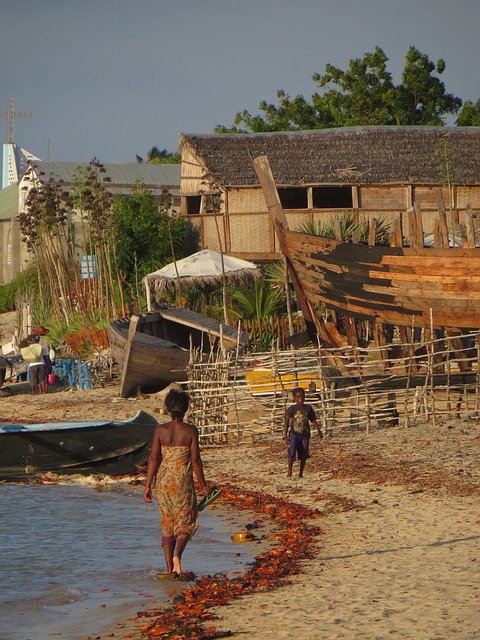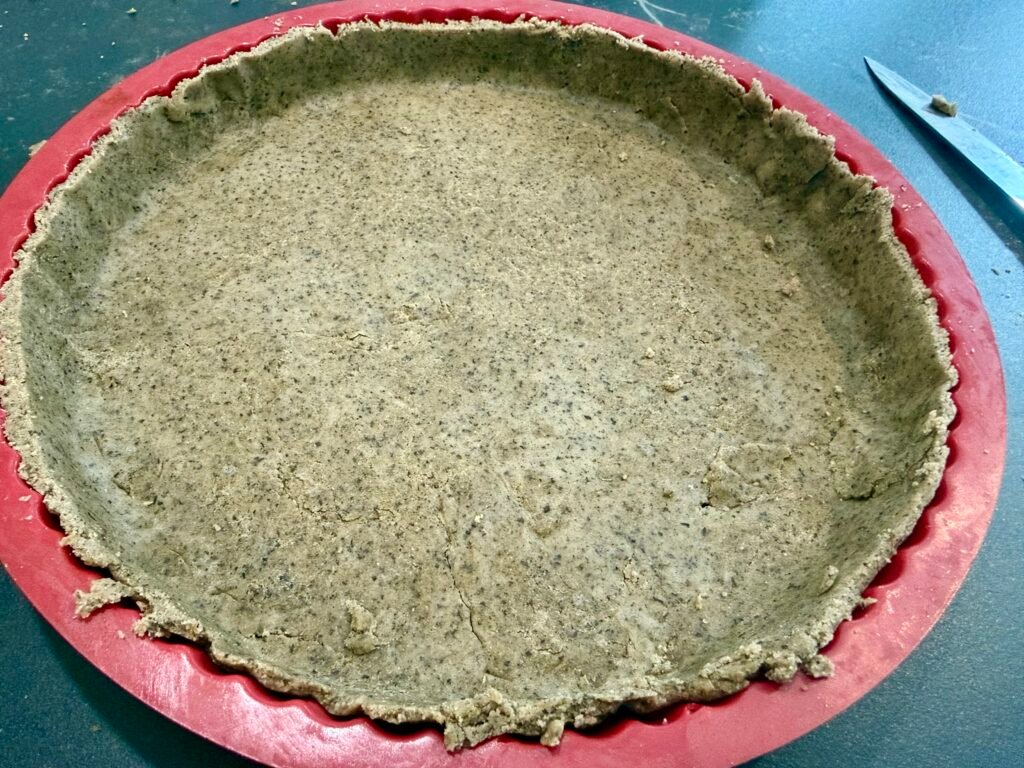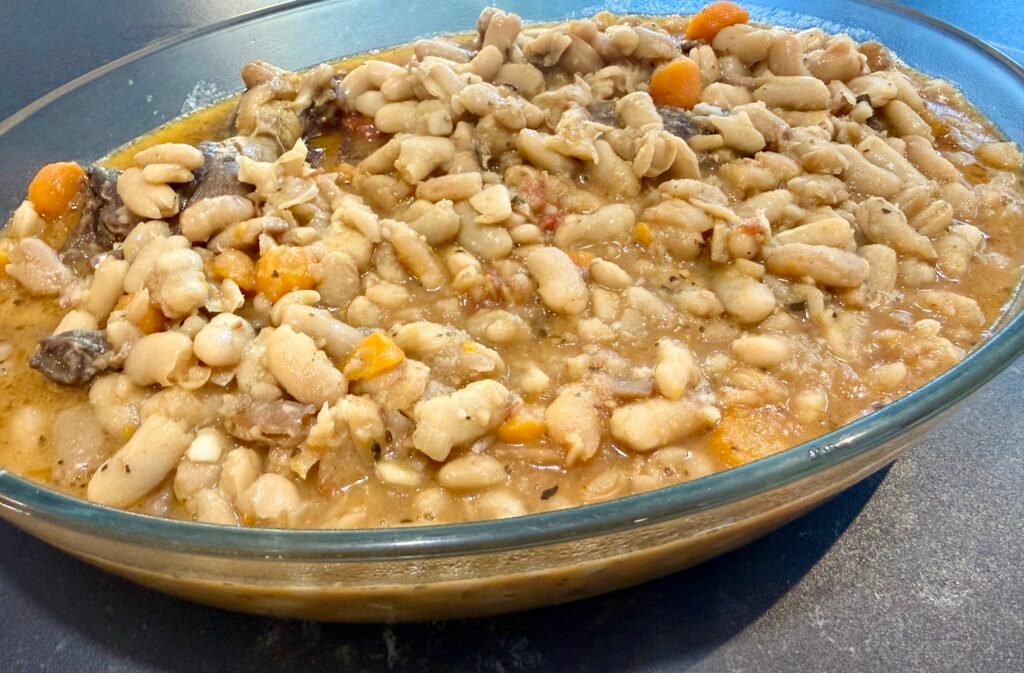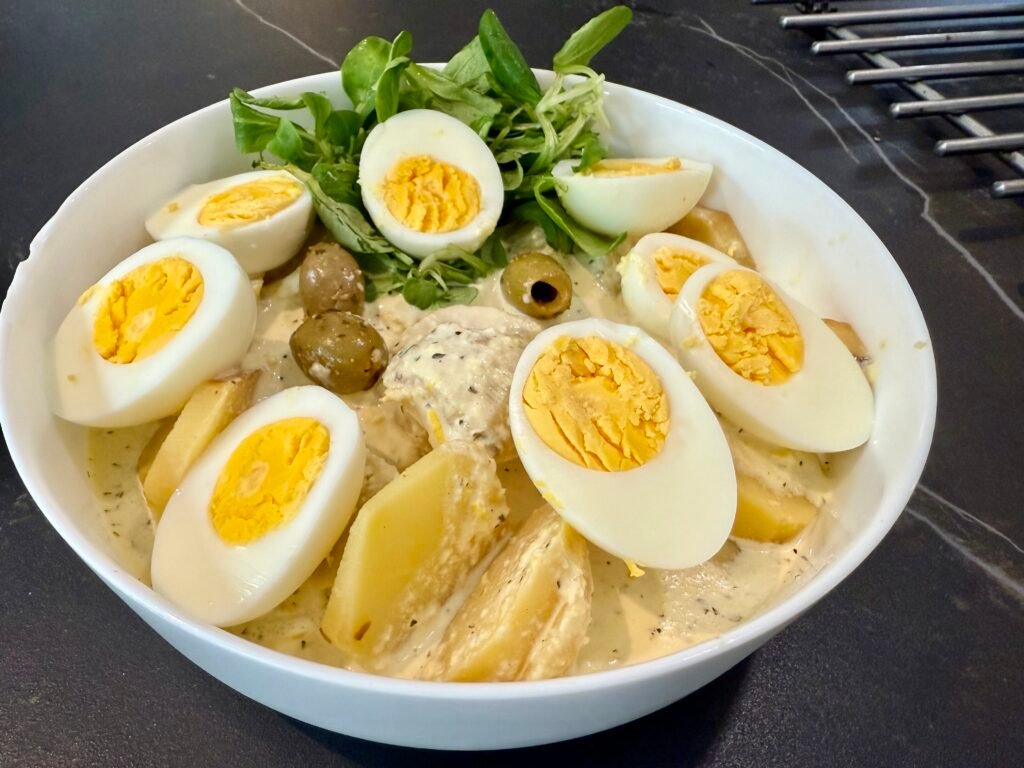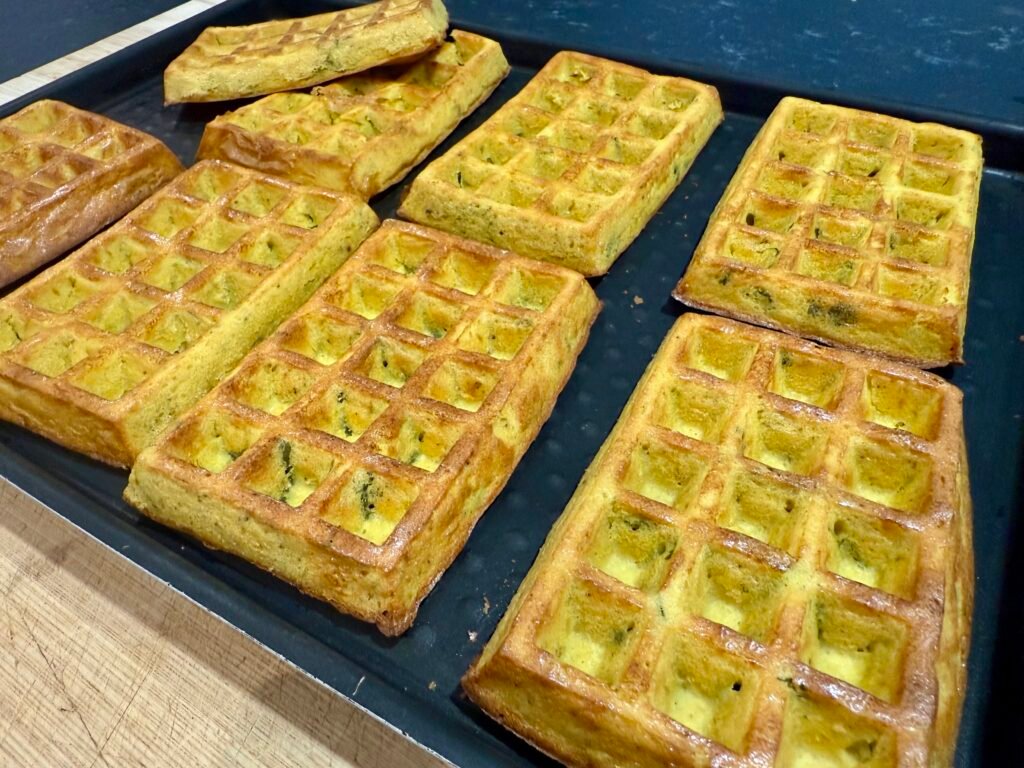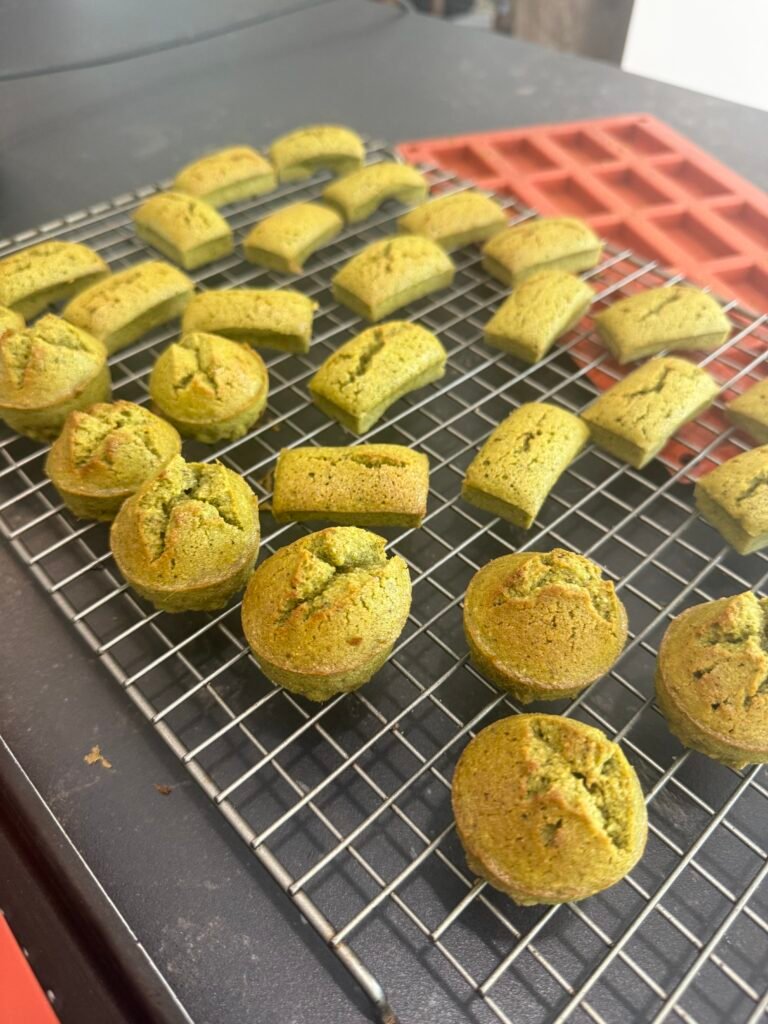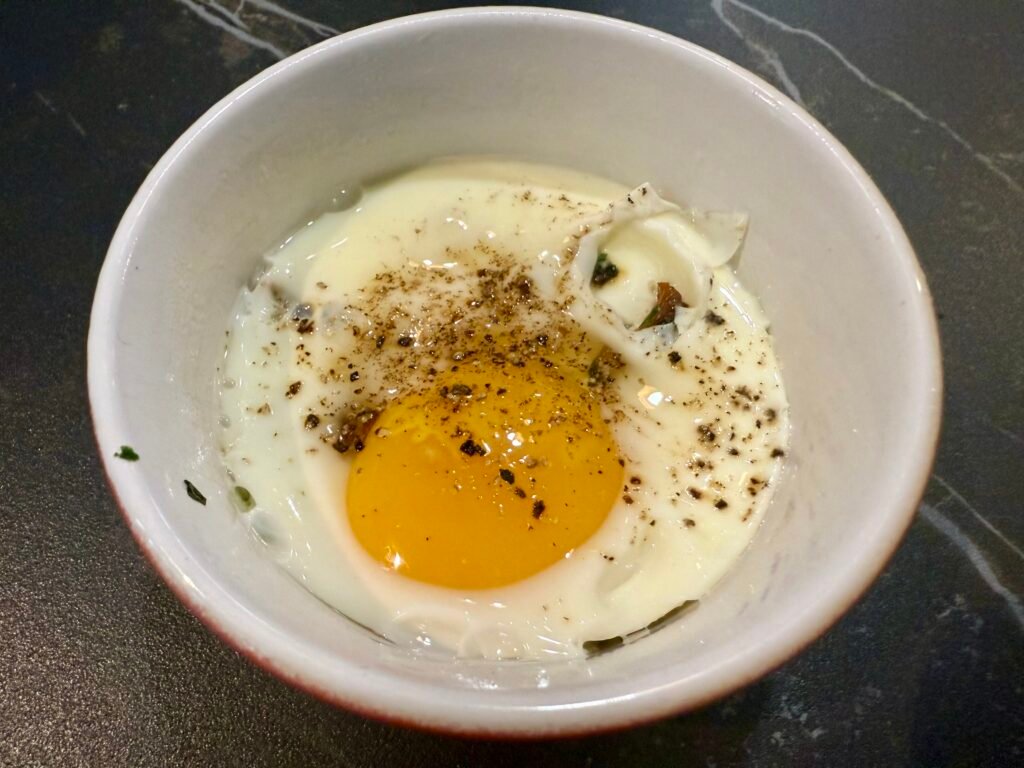Madagascar, the fourth largest island in the world, located off the east coast of Africa, is a land rich in biodiversity and culture. Madagascar's history is shaped by successive waves of migrations from Southeast Asia, Africa, and later Europe, which gave birth to a unique culture, halfway between Africa and Asia. The kingdom of Madagascar was unified under the Merina dynasty in the 18th century before becoming a French colony in 1896, then gaining independence in 1960. Today, Madagascar is known for its ethnic diversity, its oral traditions, hira gasy music , while preserving ancient customs, such as the funeral rites of famadihana .
Malagasy culture is also visible in its crafts, textiles, and sculptures, as well as in its traditional festivals celebrating harvests, music and ancestral customs.
Traditional Gastronomy and Gluten Free Options
Malagasy cuisine reflects the diversity of cultural influences that have marked the island, with dishes based on rice, meats, vegetables and seafood. One of the central elements of the cuisine is vary , or rice. , which is the accompaniment to almost every meal. For those following a gluten-free diet, Malagasy cuisine offers a multitude of naturally adapted options, thanks to the use of fresh, gluten-free local products.
Here are some traditional gluten-free Malagasy dishes:
- Romazava : A beef or chicken stew simmered with bredes (vegetable leaves), tomatoes, and spices. This dish is traditionally served with rice, but can be enjoyed on its own for a gluten-free option.
- Koba : A dessert made from rice flour, bananas, and peanuts, cooked in banana leaves. Naturally gluten-free, this dessert is very popular in Madagascar.
- Ravitoto : A dish made from pounded cassava leaves, often cooked with pork, spices and coconut milk. This dish is usually served with rice.
- Malagasy grilled fish : Madagascar being an island, fresh fish are often grilled and accompanied by vegetables or rice.
These dishes highlight local ingredients and are perfect for travelers looking to experience Malagasy cuisine while following a gluten-free diet.
The Must-See Things to Visit in Madagascar
Madagascar is a natural sanctuary with unique flora and fauna, and a vibrant culture to discover. Here are some must-see places to explore during your visit:
- The Alley of the Baobabs : This spectacular site located near Morondava is an avenue lined with century-old baobabs, an emblematic symbol of Madagascar. Watching the sunset over these majestic trees is an unforgettable experience.
- Isalo National Park : This park offers varied landscapes of canyons, rocky plateaus, and natural pools. Perfect for hiking, it is an ideal place for nature lovers.
- Nosy Be : This paradise island in the north of Madagascar is renowned for its white sand beaches, turquoise waters and coral reefs. Nosy Be is also an excellent spot for scuba diving and snorkeling.
- Ranomafana National Park : This tropical park is home to endemic species such as lemurs and unique flora. The waterfalls and tropical forests make it a dream destination for biodiversity lovers.
These sites offer exceptional biodiversity and breathtaking landscapes , making Madagascar an unmissable destination.

